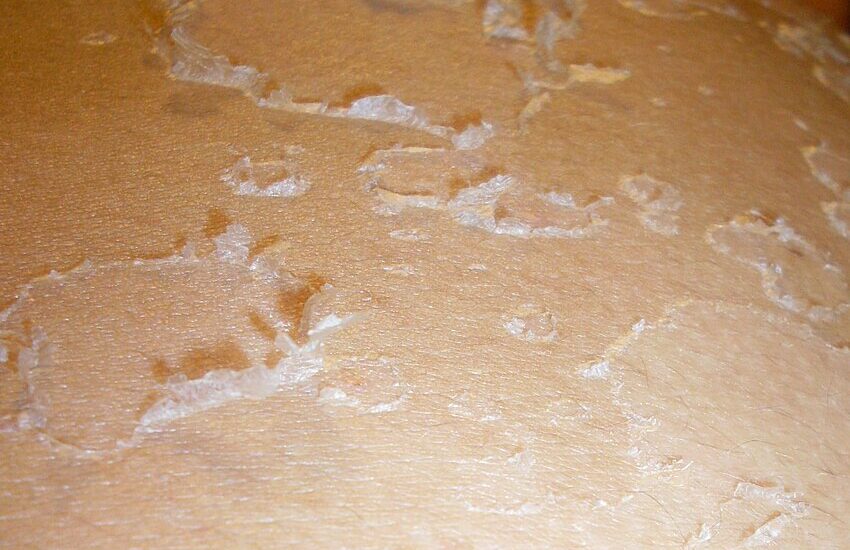If you’ve experienced skin peeling after extractions, you may feel concern or even alarm. This comprehensive guide will explore the causes, treatments, and preventive measures for skin peeling following various extraction procedures, from dental work to skincare treatments.

What Causes Skin Peeling After Extractions
Skin peeling after extractions may be caused by several factors. Understanding these will enable you to take appropriate measures:
Dryness after Medical Procedures: Medical extractions often require the use of general anesthesia, which may cause dehydration. The lack of moisture in the skin can cause it to become dry and flaky, leading to peeling. Drinking plenty of fluids and using hydrating skincare products can mitigate this effect (Mayo Clinic).
Anesthesia Reactions: Some individuals may experience mild allergic reactions to the anesthesia used during the procedure. This can lead to skin rashes, dryness, and eventual peeling. Monitoring the skin for any changes and promptly communicating with healthcare providers can help in managing these reactions.
Improper Aftercare: Following a medical extraction, proper aftercare is essential. Neglecting to follow the provider’s aftercare instructions may lead to dryness, irritation, and peeling. This includes avoiding certain activities and products that can irritate the skin and following a gentle skincare routine tailored to recovery (American Academy of Dermatology).
How to Treat Skin Peeling After Extractions
If you are experiencing skin peeling after extractions, specific steps can alleviate the condition:
Hydrate: Dry skin requires hydration, both internally and externally. Drinking enough water helps keep the skin moisturized while using gentle, non-alcoholic moisturizers can help lock in the moisture. Choose a moisturizer suitable for sensitive skin (e.g. Paula’s Choice CALM Intensive Moisturizer) and follow application guidelines from professionals.
Avoid Sun Exposure: Sun can cause further dryness and irritation to already sensitive skin. Using sunscreen with an appropriate SPF and wearing protective clothing can help to reduce the risk of sun damage. Avoiding the sun during peak hours is also advisable.
Consult a Professional: If the peeling continues or becomes painful, consulting with a healthcare provider or dermatologist is essential. A medical professional can examine your skin and recommend specific treatments, such as prescription creams or specialized skincare products.
Check out these other related articles…
Blotchy Skin After Extractions: The Comprehensive Guide
How to Heal Skin After Extractions: The Ultimate Guide
How to Get Rid of Redness After Extractions: Your Easy Guide
How to Calm Skin After Extractions: Your Complete Guide
How to Treat Skin After Extractions: 8 Expert Tips
Preventing Skin Peeling After Extractions
Prevention is a key part of managing skin health after extractions. Here’s how you can minimize the risk of skin peeling:
Follow Aftercare Instructions: After extractions, healthcare providers usually offer specific aftercare guidelines. This may include avoiding certain activities, such as strenuous exercise or exposure to heat, and using recommended skincare products. Compliance with these guidelines can minimize the risk of skin irritation and peeling.
Use Proper Skincare Products: Post-procedure skin is sensitive. Using gentle, fragrance-free cleansers and moisturizers can support the healing process. Avoiding products with harsh chemicals is also essential, as they can cause further irritation and peeling.
Avoid Irritants: Certain substances like alcohol-based products or abrasive scrubs can exacerbate skin peeling. Avoiding these and opting for products specifically designed for sensitive or healing skin can foster a smoother recovery.


